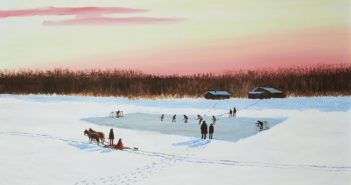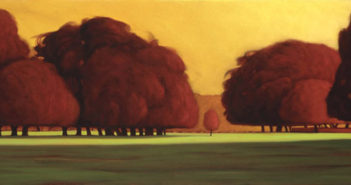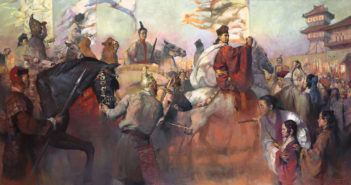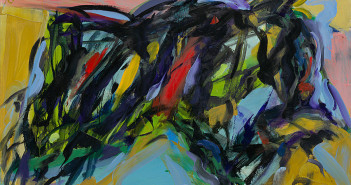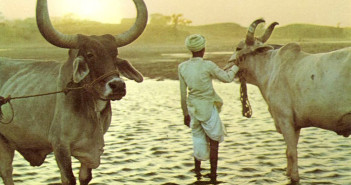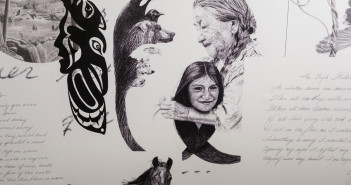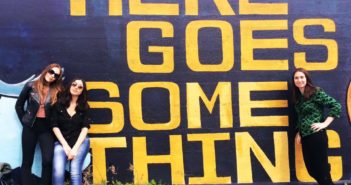
A call for artists
Recently, my sister-in-law, New York playwright Laura Bray, made a short film with two collaborators about what it’s like to audition as a woman. In Casting Call, The Project, actors read aloud the character breakdowns posted on casting call notices, exposing the stereotypes and clichés that pollute female film roles – it’s all about gender, sexuality, race, age and body type. Intended as a conversation among performing artists about the need to be their own storytellers, the project has taken off — several hundred thousand views within 24 hours of being posted on social media.

